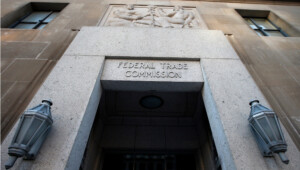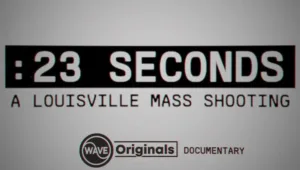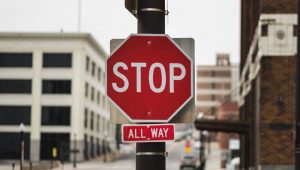As the Supreme Court embarks on a new term Monday, there is at least one development that should be welcomed by observers from all ideological backgrounds. The court announced Wednesday that it will allow the public back into the room for arguments. At the same time, it will maintain its live audio feed, which began during the covid-19 pandemic. Good for the court for embracing transparency and engagement with regular Americans. Now, it’s time to make live broadcasts permanent — and consider going even further with live video.
Good On The Supreme Court For Keeping Live Audio. Now It’s Time To Go Further
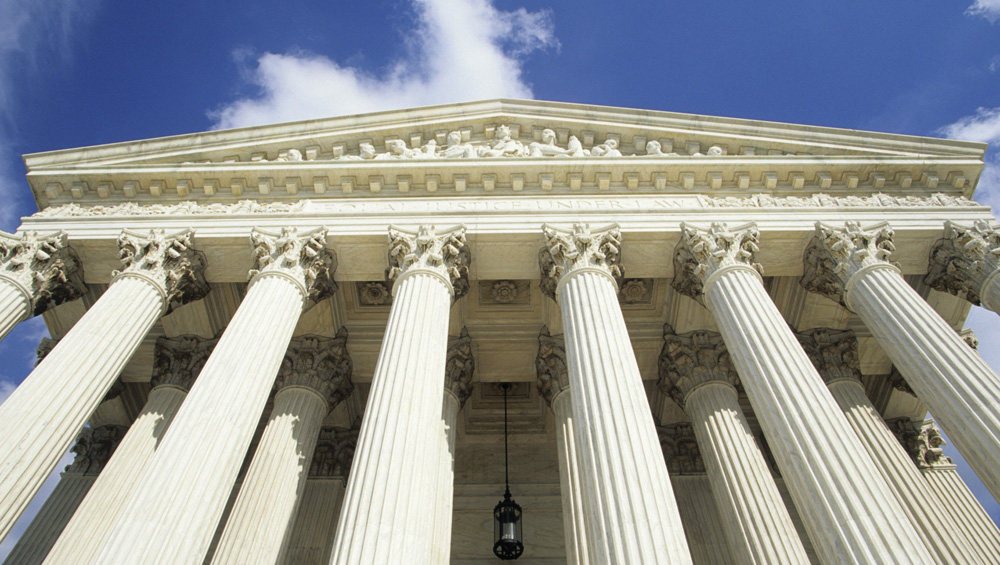
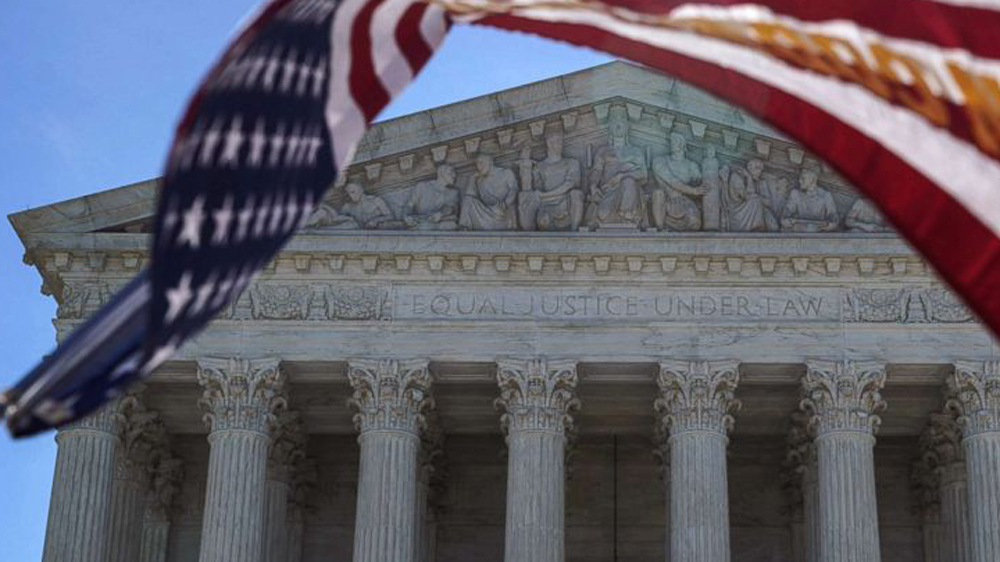
The Senate Judiciary Committee approved a pair of bills Thursday that would dramatically expand video coverage of federal court trials and other proceedings while putting Supreme Court arguments on camera for the first time. Both bills have bipartisan support, including the endorsement of the panel’s chair, Sen. Richard Durbin (D-Ill.), and the longstanding backing of the committee’s ranking Republican, Sen. Chuck Grassley of Iowa.
Why The Supreme Court Shouldn’t Be Televised

James Hohmann: “A bipartisan coalition of lawmakers — led by Senate Judiciary Committee Chairman Richard J. Durbin (D-Ill.) and ranking Republican member Charles E. Grassley (Iowa) — introduced legislation last week that would require the Supreme Court to start televising its proceedings. As they filed their bill, freshman Sen. Roger Marshall (R-Kan.) read aloud to reporters from a Dr. Seuss book — a publicity stunt that also felt like a foreboding omen. It’s not that justices and attorneys would be reduced to antics like Marshall’s if cameras arrived. But they would inevitably act differently, in ways that could prove detrimental to the pursuit of justice.”

A bipartisan group of senators is looking to bring the Supreme Court to television, aiming to have the high court reach a new technological frontier after nearly a year of hearing arguments via teleconference due to the coronavirus pandemic. Senate Majority Whip and Judiciary Committee Chair Dick Durbin and Sen. Chuck Grassley, the committee’s top Republican, introduced a bill on March 18 that would require the Supreme Court to allow public court proceedings to be televised.

Judge Brett Kavanaugh says he will keep an open mind about allowing cameras or microphones into the Supreme Court, but signaled he might be more receptive to televising the reading of decisions than oral arguments.
“It’s an issue I approach with an open mind,” Supreme Court nominee Neil Gorsuch told the Senate Judiciary Committee Tuesday when asked about cameras in the Supreme Court.
In conjunction with Sunshine Week and timed for the opening of confirmation hearings for President Trump’s pick for the Supreme Court, the public affairs TV network C – SPAN asked strategic research firm PSB to examine public attitudes on several topics rela ted to the Court. Among the results: Fully three quarters (76%) say the court should allow TV coverage of its oral arguments, 15 percentage points higher than when PSB first measured this topic in June 2009.
The new Congress will have another opportunity to mandate cameras in the Supreme Court — although, if passed, the bill would provide those cameras to be excluded in a particular case if a majority of justices deemed it necessary to preserve due process rights.
 Senate Judiciary Committee Chairman Chuck Grassley is renewing his push to put cameras in the Supreme Court as the justices prepare for oral arguments Tuesday on legalizing same-sex marriage. Supreme Court Justices are by and large against allowing cameras to record oral arguments. “I believe that we could enhance people’s understanding of the court system by having the Supreme Court TV, very much so, and we’re going to try to push it,” Grassley told reporters Monday.
Senate Judiciary Committee Chairman Chuck Grassley is renewing his push to put cameras in the Supreme Court as the justices prepare for oral arguments Tuesday on legalizing same-sex marriage. Supreme Court Justices are by and large against allowing cameras to record oral arguments. “I believe that we could enhance people’s understanding of the court system by having the Supreme Court TV, very much so, and we’re going to try to push it,” Grassley told reporters Monday.
 Supreme Court Justices Elena Kagan and Sonia Sotomayor said Monday that allowing cameras might lead to grandstanding that could fundamentally change the nature of the high court. The statements seem to dash even faint hopes that April’s historic arguments over gay marriage might be televised.
Supreme Court Justices Elena Kagan and Sonia Sotomayor said Monday that allowing cameras might lead to grandstanding that could fundamentally change the nature of the high court. The statements seem to dash even faint hopes that April’s historic arguments over gay marriage might be televised.
A collection of groups pushing to open the Supreme Court to television coverage is trying something new: television advertising. The Coalition for Court Transparency is rolling out a 30-second TV ad this week with a modest local cable buy in Washington, D.C.
C-SPAN was supposed to usher in an era of greater transparency and accountability on Capitol Hill. Look how that turned out.
A collection of groups pushing to open the Supreme Court to television coverage is trying something new: television advertising. The Coalition for Court Transparency is rolling out a 30-second TV ad this week with a modest local cable buy in Washington, D.C.
Supreme Court Should Rethink Camera Ban
 The Supreme Court’s anti-camera policy is just so wrong for a democracy. The high court plays such a huge role in the lives of Americans. It seems unconscionable that Americans can’t watch as lawyers present their cases on matters of such great importance and the justices test their arguments. The objections to cameras seem pretty frail when compared with the public’s right to know.
The Supreme Court’s anti-camera policy is just so wrong for a democracy. The high court plays such a huge role in the lives of Americans. It seems unconscionable that Americans can’t watch as lawyers present their cases on matters of such great importance and the justices test their arguments. The objections to cameras seem pretty frail when compared with the public’s right to know.
Justice Sonia Sotomayor, who supported allowing cameras into the Supreme Court during her confirmation hearing in 2009, said on a radio talk show that now “I think the process could be more misleading than helpful. There’s no other public official who is required by the nature of their work to completely explain to the public the basis of their decision.”
If Justice Antonin Scalia has his way, don’t expect to see Supreme Court proceedings on the evening news anytime soon. “I am against it because I do not believe, as the proponents of television in the court assert, that the purpose of televising our hearings would be to educate the American people,” Scalia says in an interview with C-SPAN set to air this Sunday at 8 p.m. ET..
The Supreme Court rejected requests from news organizations Friday for live, televised coverage of this month’s historic arguments on President Barack Obama’s health care overhaul. The court will post audio files and transcripts on its website within two hours of the end of the proceedings on each of the three days set aside for argument.
‘It’s Time For SCOTUS To Let Us In’
The Supreme Court of the United States will soon hear arguments for and against one of the most debated and polarizing pieces of legislation since Roe v. Wade — The Obama health care reform law. If there has ever been a time to open the Supreme Court to the citizens it serves, now is the time.




